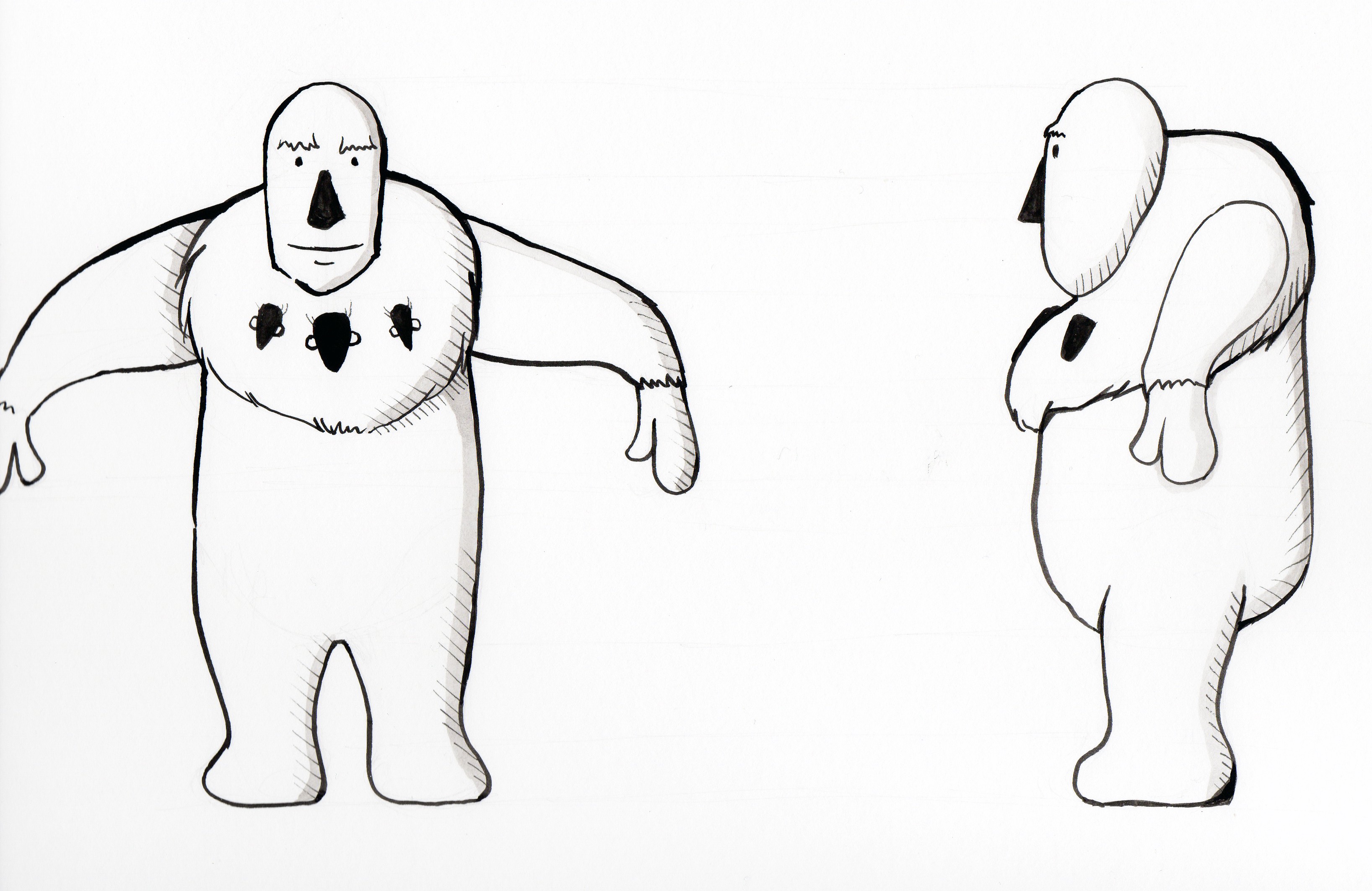I’ve been working in the games industry for 15 years but hadn’t ever taken part in a game jam, even though the idea sounds really fun to me and I’ve always enjoyed hearing what other people got up to at them. So this year, when I saw that there was a Global Game Jam location at the Cambridge Makespace I decided to give it a go!
The jam has a theme each year, which the games should somehow be inspired by, though they are generally chosen to allow a large range of game ideas.
This year the theme was Transmission. The jam’s intro video gave lots of ideas of how the theme might be interpreted in the games produced. I found this jumped me straight past the blank page problem and I started having game ideas almost instantly!
I latched straight onto the idea of transmission delay, where a user’s actions are delayed in proportion to the distance of the action away from the player. I didn’t want to do anything too complicated, due to time constraints (and having never previously programmed anything of note in just 2 days!) so I restricted myself to a tile-based game. A local two-player territory control game seemed like quite a fun idea that I wanted to try out. Each player launches actions to try and take control of tiles. They can charge their actions up to take more tiles but this takes time and makes the action projectile move slower. The player with the most territory gains ‘resilience’ from the other player and the game continues until either player loses all their resilience.
So Cat in the Corner (AKA Cats vs. Unicorns) was born.
The design, programming and, not very good, art for the game were all done by me. Julian Surma did the EPIC soundtrack! The sound effects are from freesound.org and the font is Amatic SC.
I really enjoyed the 48 hour time limit with the knowledge that I’d just stop working on the game after that. I didn’t care about code quality – or any other type of quality for that matter! I just tried to bash out a prototype of my idea. There are definitely a few minor bugs in the final version, but fixing them wouldn’t be in the spirit of it :-). The whole experience also really reminded me what a great prototyping tool Unity is. It certainly helps that I’m familiar with it but I really relied on Unity’s fast edit-test cycle to produce a game with so much going on (it doesn’t look like much but there’s quite a lot of logic in there!)
I’m certainly keen to have another go at a game jam in the future. Perhaps getting myself into a team rather than going solo would be fun for next time too.
